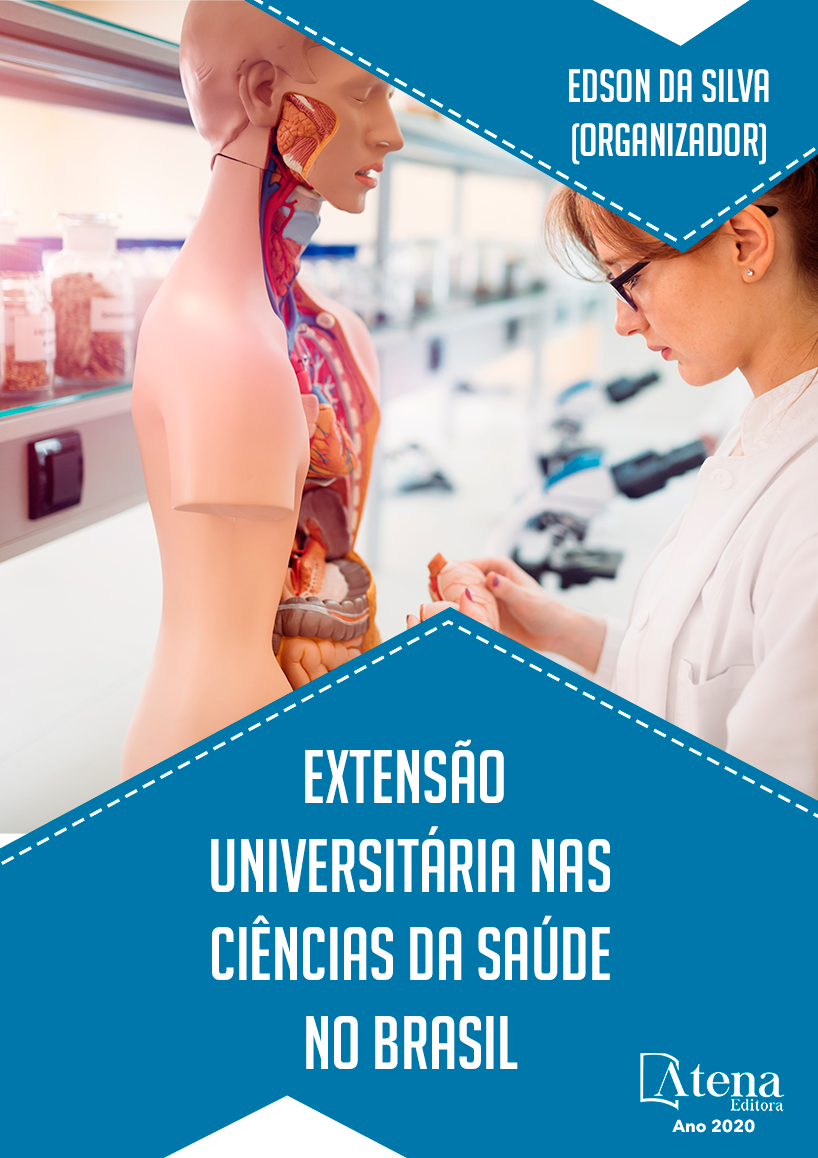
UTILIZAÇÃO DE MÉTODOS LÚDICO-EDUCATIVOS NO PROCESSO DE APRENDIZAGEM RELACIONADO À TERAPIA INTRAVENOSA- RELATO DE EXPERIÊNCIA
Introdução: O Grupo de Terapia
Intravenosa (GTIV) em instituições públicas
tem como fundamento a implantação de boas
práticas neste tipo de terapia. A criação de
uma equipe específica e habilitada, seguindo
protocolos institucionais, pode levar à diminuição
dos índices de infecções de corrente sanguínea
(ICS), de demais eventos adversos e dos
custos, associada a uma melhor qualidade
da assistência prestada. Adicionalmente, é
necessária a constante busca de estratégias
para estimular os profissionais da instituição
a um maior engajamento destas práticas.
Nesse contexto, o GTIV elaborou um evento
para melhor compreensão do tema, através de
processos de aprendizagem lúdico-educativas,
favorecendo a autorreflexão dos cuidados prestados pelos profissionais de saúde.
Objetivo: Relatar a experiência do GTIV na realização do evento “I TIV WEEK” na
obtenção de resultados assistenciais e consolidação do conhecimento da equipe de
saúde. Métodos: Relato de experiência com base no oferecimento de incentivos que
estimule o engajamento do colaborador com o GTIV de forma lúdica. Além destas
atividades, os participantes foram convidados a assistir um dia de palestras sobre TIV
abordando temas como implantação de PICC em serviços públicos, perspectivas futuras
para CVC totalmente implantados, entre outros. Resultados: O evento abrangeu 743
profissionais das equipes de saúde. As atividades práticas foram realizadas in loco
durante todo o evento, sendo finalizado com apresentações de convidados, prática de
atividades lúdicas, e nomeação do Time de Punção do GTIV. Ao final, houve distribuição
de prêmios como incentivo e agradecimento. Pudemos observar que as práticas
lúdicas estimularam o interesse e a participação dos profissionais criando bem estar e
diversão crítica, o que pode ter contribuído para o processo de ensino-aprendizagem.
Considerações finais: Todas as ações podem ter refletido diretamente na qualidade
de assistência, cooperando para a melhora das boas práticas, redução de dúvidas, e
levantamento de necessidade de novos treinamentos relacionados ao tema.
UTILIZAÇÃO DE MÉTODOS LÚDICO-EDUCATIVOS NO PROCESSO DE APRENDIZAGEM RELACIONADO À TERAPIA INTRAVENOSA- RELATO DE EXPERIÊNCIA
-
DOI: 10.22533/at.ed.26320030316
-
Palavras-chave: Terapia intravenosa, infusão intravenosa, andragogia, educação em saúde, ensino- aprendizagem.
-
Keywords: Intravenous therapy, intravenous infusion, andragogy, health education, teaching-learning
-
Abstract:
Introduction: The Intravenous Therapy Group (ITG) in public institutions
is based on the implementation of good practices in this type of therapy. The formation
of a specific and qualified team following institutional protocols can result to decrease
in the bloodstream infection (BSI) rates, adverse events and costs, as well as a
better quality of care. Additionally, the regular interest for strategies to stimulate the
institution’s professionals to a greater engagement of these practices is necessary. In
this context, ITG developed an event for a better understanding of the theme, through
playful and game-based learning processes, favoring the self-reflection of the care
provided by health professionals. Objective: To report the experience of ITG in the
“I TIV WEEK” event in obtaining care results and consolidation of knowledge of the
health team. Methods: Experience report based on offering incentives that encourage
employee engagement with ITG in a playful way. In addition to these activities,
participants were invited to attend a day of lectures on Intravenous Therapy covering
topics such as implementation of Peripheral Insertion Central Catheter (PICC) in public
services, future perspectives for fully deployed central venous catheter (CVC), among
others. Results: The event covered 743 health team professionals. Practical activities
were carried out on site throughout the event, ending with guest presentations, play
activities, and appointment of the ITG Puncture Team. In the end, awards were given
as incentives and acknowledgment. We observed that playful practices stimulated the
interest and participation of professionals, creating well-being and critical fun, which
may have contributed to the teaching-learning process. Conclusions: All actions may
have directly reflected on the quality of care, cooperating to improve best practices,
reduce doubts, and raise the need for new training related to the theme.
-
Número de páginas: 15
- Francisco Valdez Santos de Oliveira Lima
- Cecilia Farhat Serrano
- Luma Santos Magalhães
- Rosemeire Grosso
- Sylvia de Almeida
- Natasha De Lutiis Nedachi


